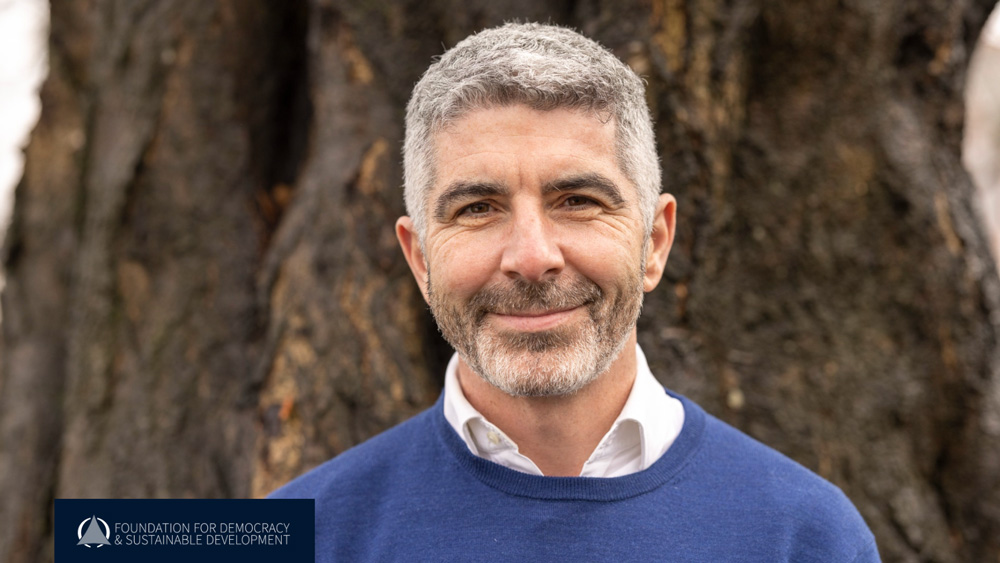
Participatory Futures as an intersection of future studies and public engagement. Created by Ariella Shalev.
Participatory Futures refer to a range of approaches for collectively imagining, exploring, and designing the landscape of possible futures. These approaches can provide a mechanism to incorporate long-term thinking within democratic systems and improve institutional effectiveness, by empowering citizens to shape their collective futures. Participatory Futures approaches are located at the intersection of Futures Studies and Public Engagement and can create collective intelligence, which can also legitimises policy, and expose strategic blind spots.
The rise of practical Participatory Futures tools has led to the publication of a report by the National Endowment for Science, Technology and the Arts (Nesta), showcasing How mass involvement in shaping the future can solve complex problems. Participatory Futures uses immersive modes of storytelling, gamification, design, art and deliberation, among other tools, to allow people to experience unimaginable scenarios, and offer an imaginative alternative to more conventional analytical tools for thinking about the future.
Futures thinking can be integrated into the policymaking process. The Futures Toolkit, for example, was published in 2017 by the UK Government Office for Science, to provide “Tools for Futures Thinking and Foresight Across UK Government”. It provides practical resources which can be embedded in the process of policymaking to ensure that decisions incorporate long-term thinking.
An example of Participatory Futures influencing policy is Japan’s movement of Future Design councils and Taiwan’s vTaiwan, two models of participatory decision making that places future at their centre.
Links
- Visit Nesta’s Participatory Futures webpage, blog and The future of everyday democracy pages.
- Visit The Royal Society for Arts Regenerative Futures webpage.
- Visit Stuart Candy’s blog about experiential futures.
- Visit the Global Swarm’s Participatory Futures website for courses and events.
- Visit the Futures Centre of Forum for The Future.
- For more games that involve participatory futures visit: Our Futures, Carbon City Zero, World Without Oil, and SDG Boardgame.
- A three-part blog about Participatory Futures from the Young Academy of Scotland



